Home>Technology>Security & Surveillance>How To Fix Lock On Sliding Door
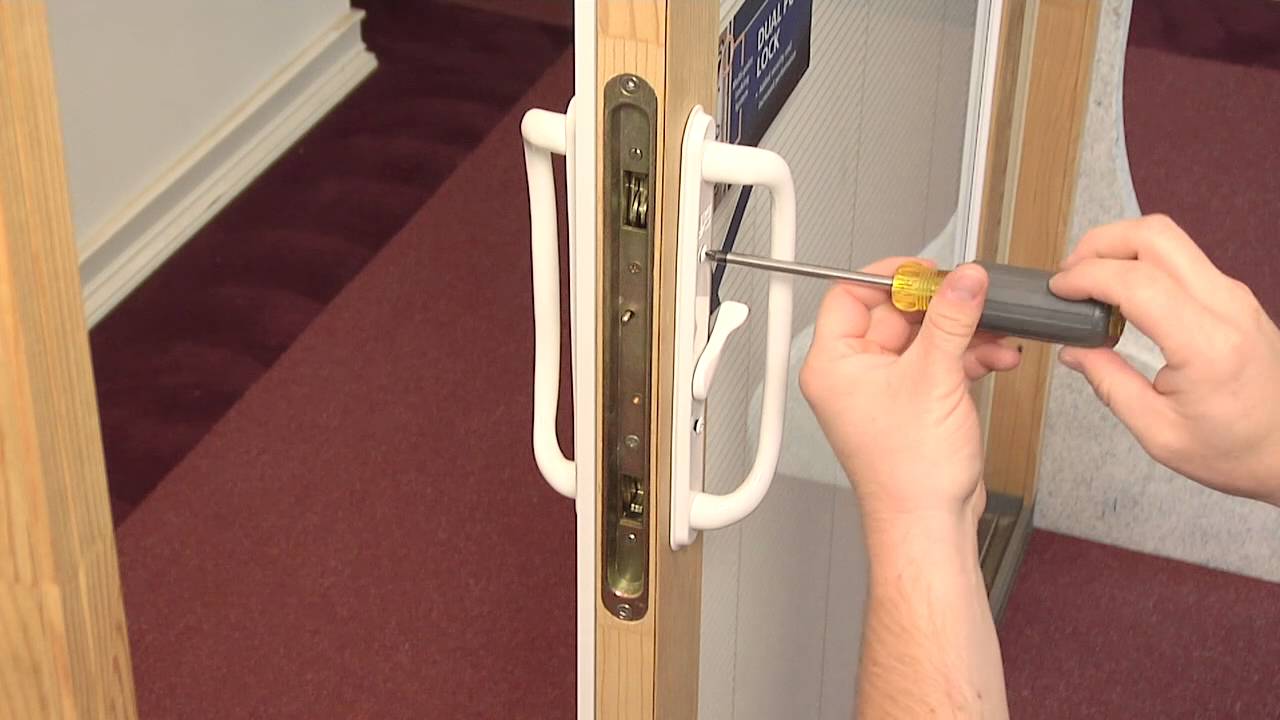

Security & Surveillance
How To Fix Lock On Sliding Door
Modified: January 3, 2024
Learn how to fix the lock on your sliding door for improved security and surveillance. Follow our step-by-step guide to ensure your home's safety.
(Many of the links in this article redirect to a specific reviewed product. Your purchase of these products through affiliate links helps to generate commission for Storables.com, at no extra cost. Learn more)
Introduction
Welcome to the ultimate guide on fixing a lock on a sliding door! A sliding door is a convenient and stylish feature in any home or office, providing easy access to the outdoors and allowing natural light to brighten indoor spaces. However, a malfunctioning lock can be a source of frustration and compromise the security of your property. Fortunately, with the right tools and a bit of know-how, you can tackle this issue with confidence.
In this comprehensive guide, we’ll walk you through the step-by-step process of diagnosing and resolving common problems with sliding door locks. Whether the lock is sticking, misaligned, or in need of replacement, we’ve got you covered. By the end of this article, you’ll have the knowledge and skills to restore the functionality and security of your sliding door lock, providing peace of mind for you and your loved ones.
So, grab your tools and let’s dive into the world of sliding door maintenance and repair. With a little effort and our expert guidance, you’ll have that troublesome lock working smoothly in no time!
Key Takeaways:
- Keep your sliding door lock in top condition by adjusting rollers, lubricating tracks, or replacing the lock. Regular maintenance ensures smooth operation and reliable security for your home or office.
- With the right tools and know-how, you can diagnose and fix common sliding door lock issues. Stay proactive to minimize the need for extensive repairs and enjoy seamless access and secure protection.
Read more: How To Fix Sliding Glass Door Lock
Tools and Materials Needed
Before you begin fixing the lock on your sliding door, it’s essential to gather the necessary tools and materials. Having the right equipment at hand will streamline the repair process and ensure that you can address the issue effectively. Here’s a list of items you’ll need:
- Phillips-head screwdriver
- Flat-head screwdriver
- Adjustable wrench
- Replacement lock (if necessary)
- Lubricant spray or silicone-based lubricant
- Clean cloth or rag
- Allen wrench set
- Measuring tape
- Safety goggles
- Gloves
Depending on the specific issue with your sliding door lock, you may need additional tools or materials. However, having these basic items on hand will cover a wide range of repair scenarios, from adjusting misaligned components to replacing the entire lock mechanism.
Now that you’ve gathered your tools and materials, it’s time to assess the condition of your sliding door lock and identify the root cause of the problem. With a methodical approach and the right equipment, you’ll be well-equipped to tackle any challenges that arise during the repair process.
Assessing the Issue
Before diving into the repair process, it’s crucial to assess the condition of your sliding door lock and pinpoint the specific issue affecting its functionality. By conducting a thorough evaluation, you can determine the best course of action to address the problem effectively. Here are the key steps to follow when assessing the issue:
- Examine the Lock Mechanism: Start by inspecting the lock mechanism to identify any visible signs of damage or misalignment. Check for loose screws, worn components, or obstructions that may be impeding the smooth operation of the lock.
- Test the Lock: Attempt to operate the lock to determine whether it is sticking, jammed, or difficult to engage. Take note of any unusual resistance or grinding noises that occur when attempting to lock or unlock the door.
- Inspect the Door Alignment: Assess the alignment of the sliding door within the frame. A misaligned door can place strain on the lock mechanism, leading to issues with locking and unlocking. Look for gaps or uneven spacing between the door and the frame.
- Check the Tracks: Examine the tracks along which the sliding door moves. Look for debris, dirt, or signs of wear that may be impeding the smooth operation of the door. Clean the tracks if necessary to ensure unobstructed movement.
- Assess the Key Cylinder: If your sliding door lock utilizes a key cylinder, check for any signs of damage or corrosion. Ensure that the key turns smoothly and that the internal components are in good condition.
By systematically evaluating these key elements, you’ll gain valuable insights into the root cause of the lock’s malfunction. This initial assessment will guide your subsequent repair efforts, whether you need to adjust the door’s alignment, lubricate the tracks, or replace the lock mechanism altogether.
Once you’ve identified the specific issues affecting your sliding door lock, you’ll be ready to proceed with targeted repairs to restore its functionality and security. With a clear understanding of the problem at hand, you can tackle the next steps with confidence and precision.
Adjusting the Rollers
One common issue that can affect the smooth operation of a sliding door and its lock is misaligned or poorly adjusted rollers. Over time, the rollers that support the weight of the door can become uneven, leading to difficulties in opening, closing, and locking the door. Fortunately, adjusting the rollers is a relatively straightforward process that can significantly improve the functionality of the door and its lock. Here’s a step-by-step guide to adjusting the rollers:
- Locate the Adjustment Screws: Most sliding doors feature adjustment screws located at the bottom or sides of the door near the rollers. These screws allow you to raise or lower the rollers to achieve proper alignment.
- Secure the Door: Before making any adjustments, ensure that the sliding door is securely in place and won’t shift unexpectedly. You may want to enlist the help of a partner to hold the door steady while you work on the rollers.
- Use a Screwdriver: Depending on the type of adjustment mechanism, use a screwdriver to turn the adjustment screws in small increments. Turning the screws clockwise will typically raise the door, while turning them counterclockwise will lower it. Make gradual adjustments to avoid overcorrecting the alignment.
- Test the Door: After making adjustments to the rollers, test the door’s operation to assess the impact of the changes. Pay attention to how smoothly the door moves along the track and whether it engages with the lock more effectively.
- Repeat as Needed: If the door’s alignment is still not optimal, continue making small adjustments to the rollers until the desired alignment is achieved. Be patient and methodical in your approach to ensure precise adjustments.
By carefully adjusting the rollers, you can restore proper alignment to your sliding door, alleviating strain on the lock mechanism and promoting smooth, effortless operation. This simple yet effective maintenance task can make a world of difference in the overall functionality and security of your sliding door.
With the rollers properly adjusted, you’ll be well on your way to resolving issues with the door’s lock and enjoying seamless operation for years to come. However, if the lock itself requires attention, there are additional steps you can take to address this aspect of the repair process.
If the lock on your sliding door is stuck, try lubricating the lock mechanism with a silicone-based lubricant. If that doesn’t work, check for any debris or obstructions in the lock and clean it out. If the problem persists, consider contacting a professional locksmith for assistance.
Lubricating the Tracks
Smooth, unobstructed movement along the tracks is essential for the proper functioning of a sliding door and its lock. Over time, dirt, debris, and general wear and tear can cause the tracks to become dry and sticky, hindering the door’s operation and compromising the effectiveness of the lock. By regularly lubricating the tracks, you can ensure that the door moves effortlessly and that the locking mechanism engages securely. Here’s how to effectively lubricate the tracks of your sliding door:
- Clean the Tracks: Before applying lubricant, thoroughly clean the tracks to remove any accumulated dirt, dust, or debris. Use a clean cloth or rag to wipe away the grime, ensuring that the tracks are free from obstructions.
- Choose the Right Lubricant: Select a high-quality lubricant suitable for use on sliding door tracks. Silicone-based lubricants are often recommended for their ability to provide long-lasting lubrication without attracting dirt and grime.
- Apply the Lubricant: With the tracks clean and dry, apply the lubricant generously along the entire length of the tracks. Be sure to cover the surface evenly to facilitate smooth movement of the door along the tracks.
- Operate the Door: After applying the lubricant, open and close the sliding door several times to distribute the lubricant evenly and ensure that it penetrates the moving parts of the tracks. This will help loosen any sticking points and promote smoother operation.
- Wipe Excess Lubricant: Use a clean cloth to wipe away any excess lubricant from the tracks, as an accumulation of lubricant can attract dirt and debris over time. Ensure that the tracks are clean and free from residue for optimal performance.
By regularly lubricating the tracks of your sliding door, you can maintain smooth, friction-free movement and prolong the life of the door’s components. This simple maintenance task not only enhances the functionality of the door but also contributes to the overall security and reliability of the lock mechanism.
With the tracks properly lubricated, you’ll notice a marked improvement in the ease of operation and locking of your sliding door. However, if the lock itself requires attention, there are additional steps you can take to address this crucial component of the door’s functionality.
Read more: How To Fix Milgard Sliding Door Lock
Replacing the Lock
When all other attempts to fix a malfunctioning sliding door lock have proven ineffective, it may be necessary to replace the lock entirely. Whether due to irreparable damage, wear and tear, or outdated security features, replacing the lock can provide a long-term solution to ensure the security and functionality of your sliding door. Here’s a comprehensive guide to replacing the lock on your sliding door:
- Choose a Replacement Lock: Select a high-quality replacement lock that is compatible with your sliding door’s specifications. Consider factors such as security features, ease of installation, and durability when choosing a new lock.
- Remove the Old Lock: Use a screwdriver to remove the screws securing the old lock in place. Take care to support the lock as you remove the final screws to prevent it from falling and causing damage to the door or surrounding area.
- Prepare the Door: Clean the area where the old lock was installed to ensure a clean, smooth surface for the new lock. Remove any debris, adhesive residue, or buildup that may impede the installation process.
- Install the New Lock: Follow the manufacturer’s instructions for installing the new lock, ensuring that it is securely positioned and aligned with the door frame. Take care to tighten the screws evenly to avoid misalignment or instability.
- Test the Lock: Once the new lock is installed, test its operation to ensure that it engages smoothly and securely. Verify that the key cylinder, if applicable, turns without resistance and that the locking mechanism functions as intended.
- Adjust as Needed: If the new lock requires minor adjustments to achieve optimal alignment and functionality, make necessary tweaks to ensure its smooth operation and secure engagement.
By replacing a worn or damaged lock with a new, reliable model, you can restore the security and peace of mind that come with a fully functional sliding door lock. Whether for a residential or commercial property, a secure and reliable lock is essential for protecting your space and its occupants.
With the new lock in place, you can enjoy the confidence of knowing that your sliding door is equipped with a dependable and secure locking mechanism. By following these steps, you can successfully replace the lock and ensure the long-term security and functionality of your sliding door.
Conclusion
Congratulations on successfully navigating the process of fixing the lock on your sliding door! By following the steps outlined in this guide, you’ve gained valuable insights into maintaining, troubleshooting, and repairing the lock mechanism to ensure the security and functionality of your sliding door. Whether you adjusted the rollers, lubricated the tracks, or replaced the lock altogether, your efforts have contributed to a safer and more reliable door system for your home or business.
Remember, regular maintenance and attentive care are key to preserving the longevity and performance of your sliding door and its lock. By addressing issues promptly and implementing preventive measures, you can minimize the need for extensive repairs and prolong the lifespan of your door’s components.
As you continue to enjoy the convenience and aesthetic appeal of your sliding door, keep an eye out for any signs of wear, misalignment, or malfunction. By staying proactive and addressing issues early on, you can avoid more complex and costly repairs down the line.
We hope this guide has equipped you with the knowledge and confidence to tackle sliding door lock issues effectively. With the right tools, a methodical approach, and a bit of DIY spirit, you can keep your sliding door in top condition and enjoy reliable security for years to come.
Thank you for joining us on this repair journey, and may your sliding door continue to provide seamless access and secure protection for your space!
Frequently Asked Questions about How To Fix Lock On Sliding Door
Was this page helpful?
At Storables.com, we guarantee accurate and reliable information. Our content, validated by Expert Board Contributors, is crafted following stringent Editorial Policies. We're committed to providing you with well-researched, expert-backed insights for all your informational needs.
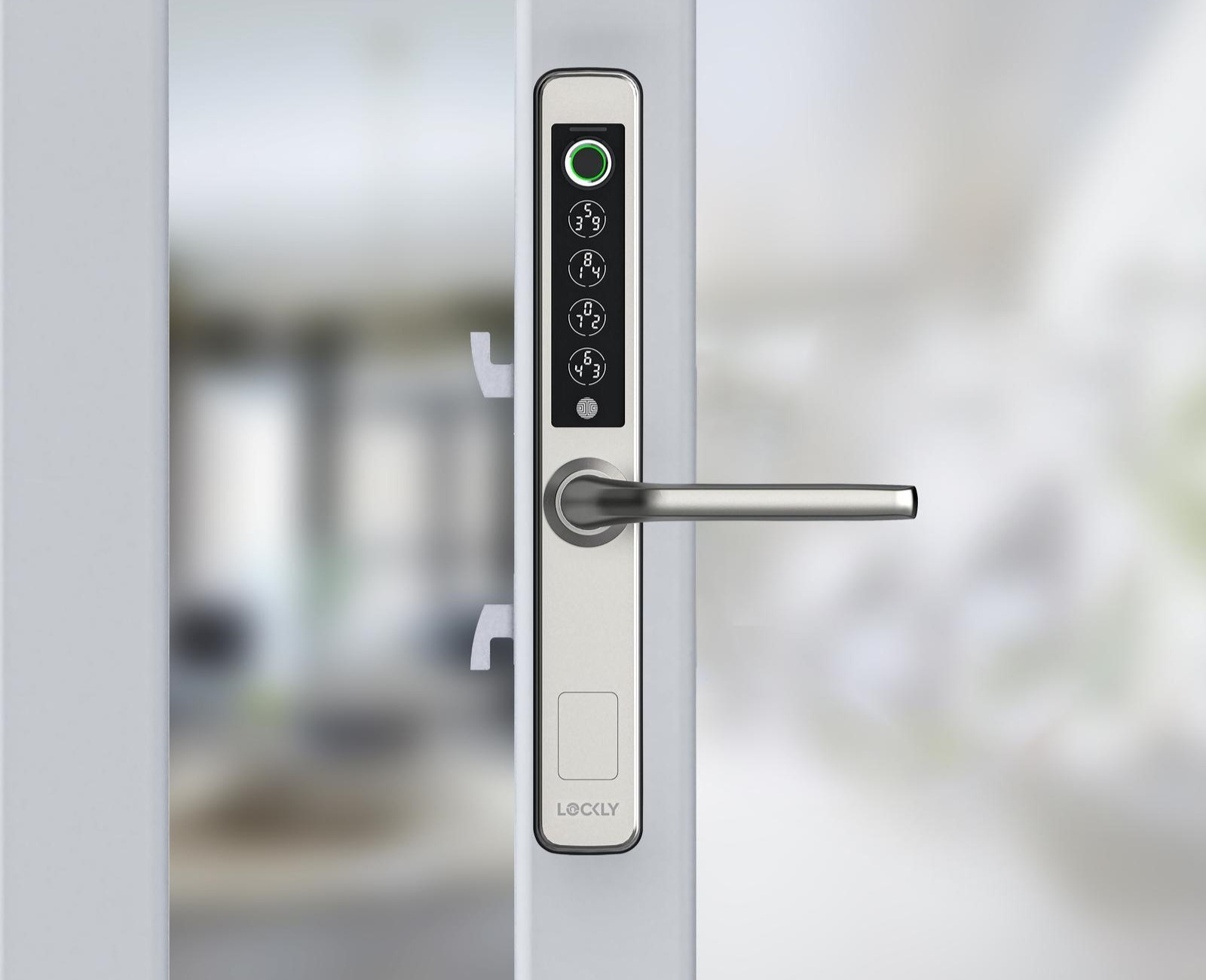
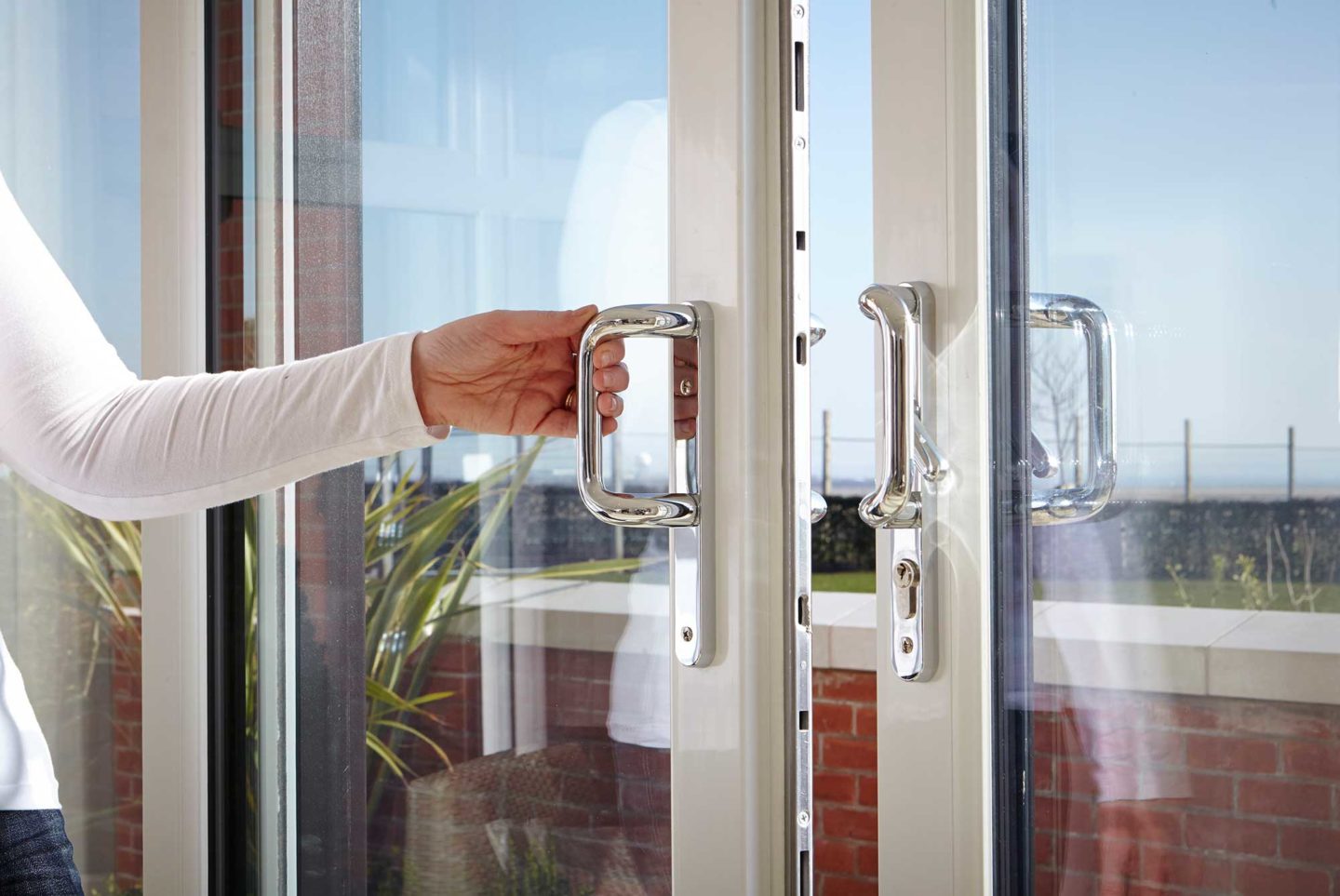
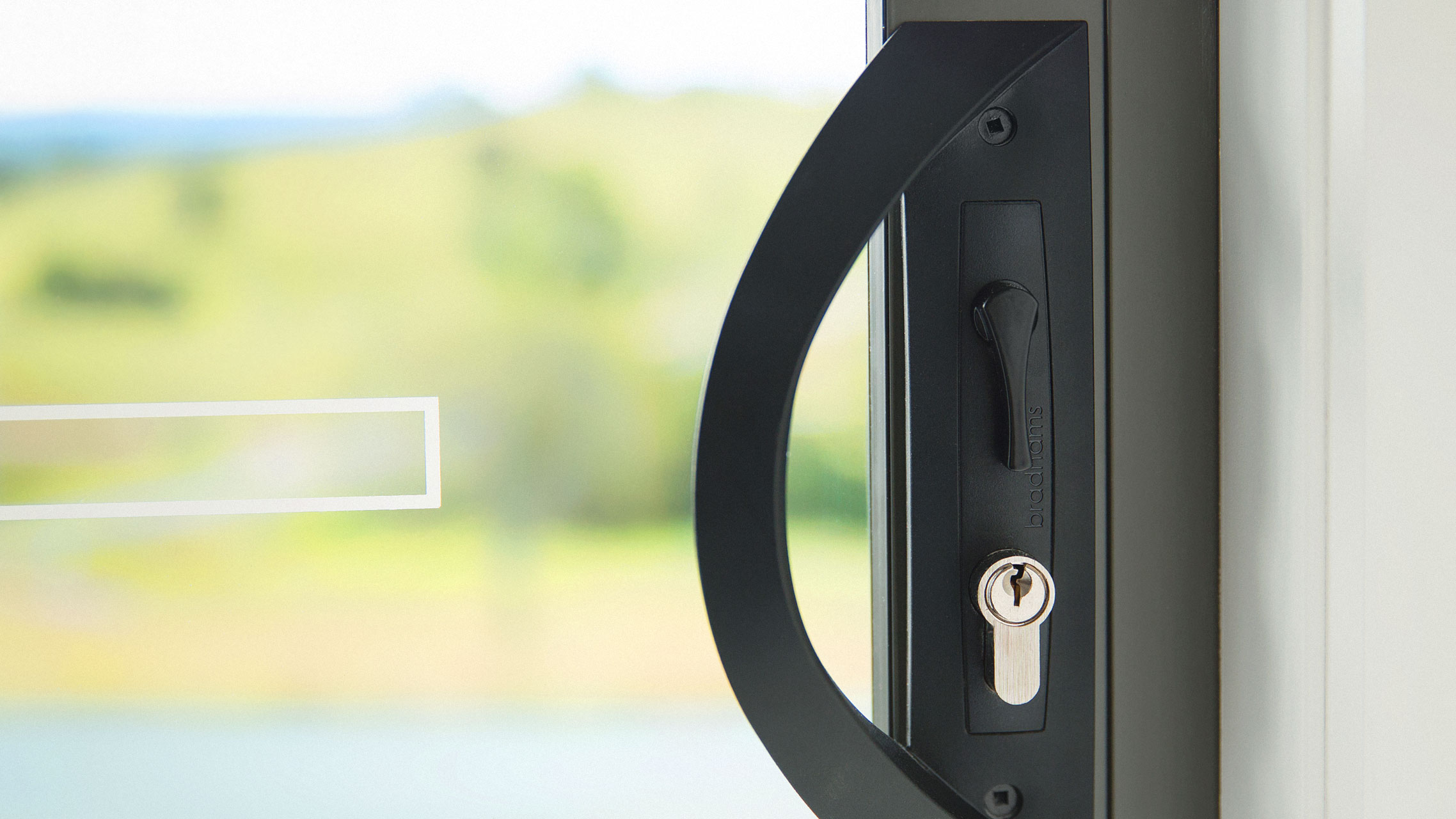
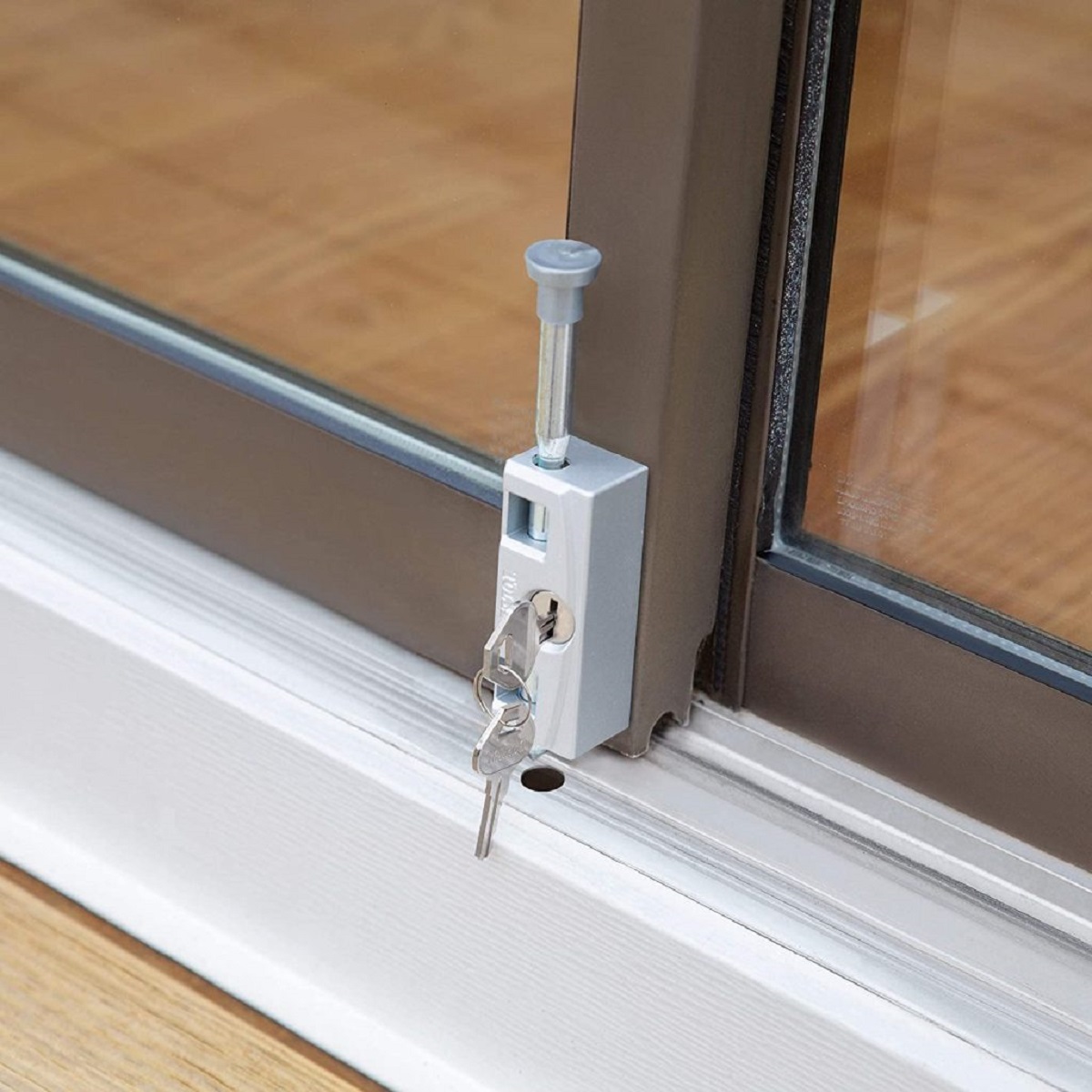
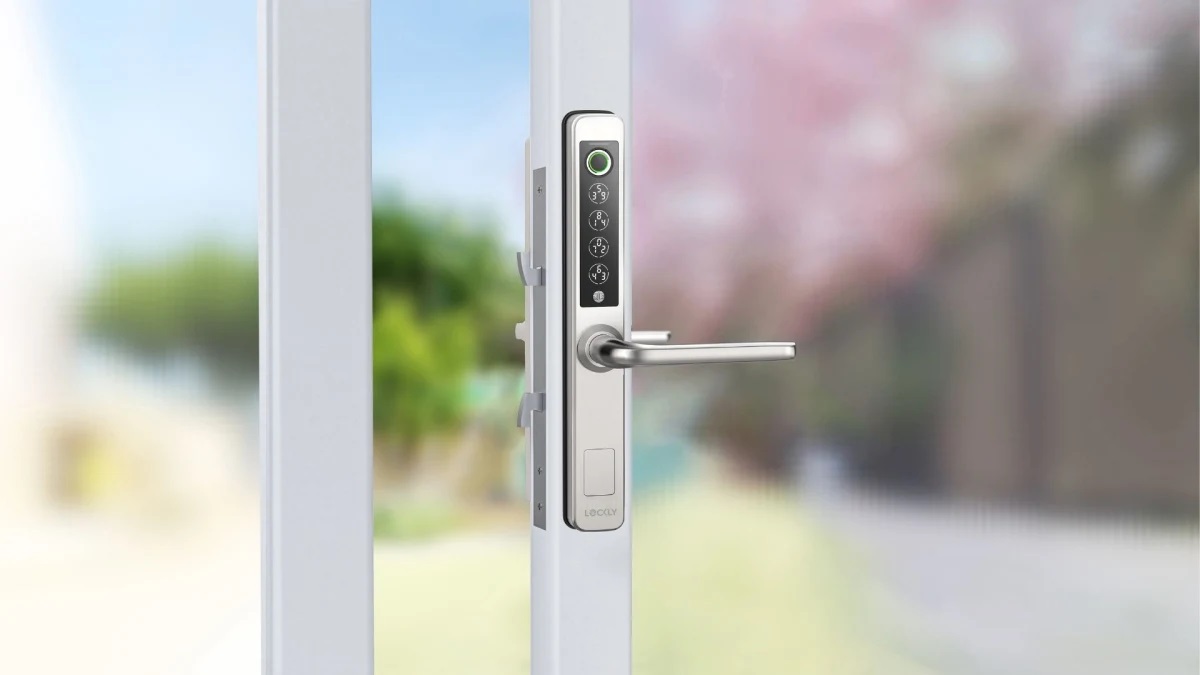
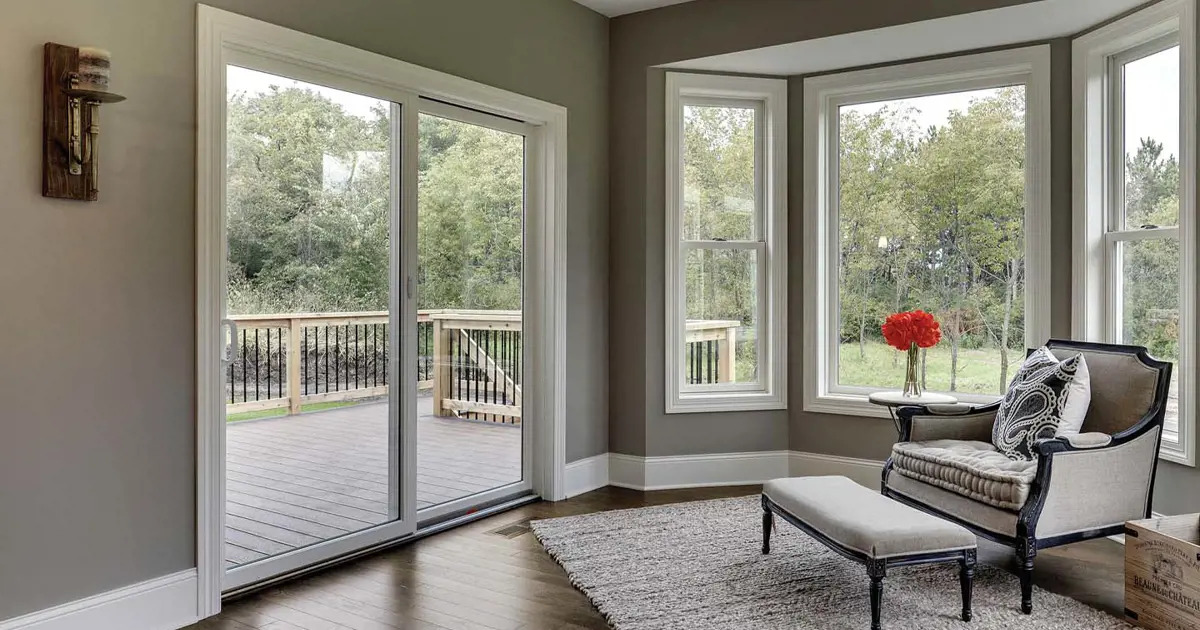
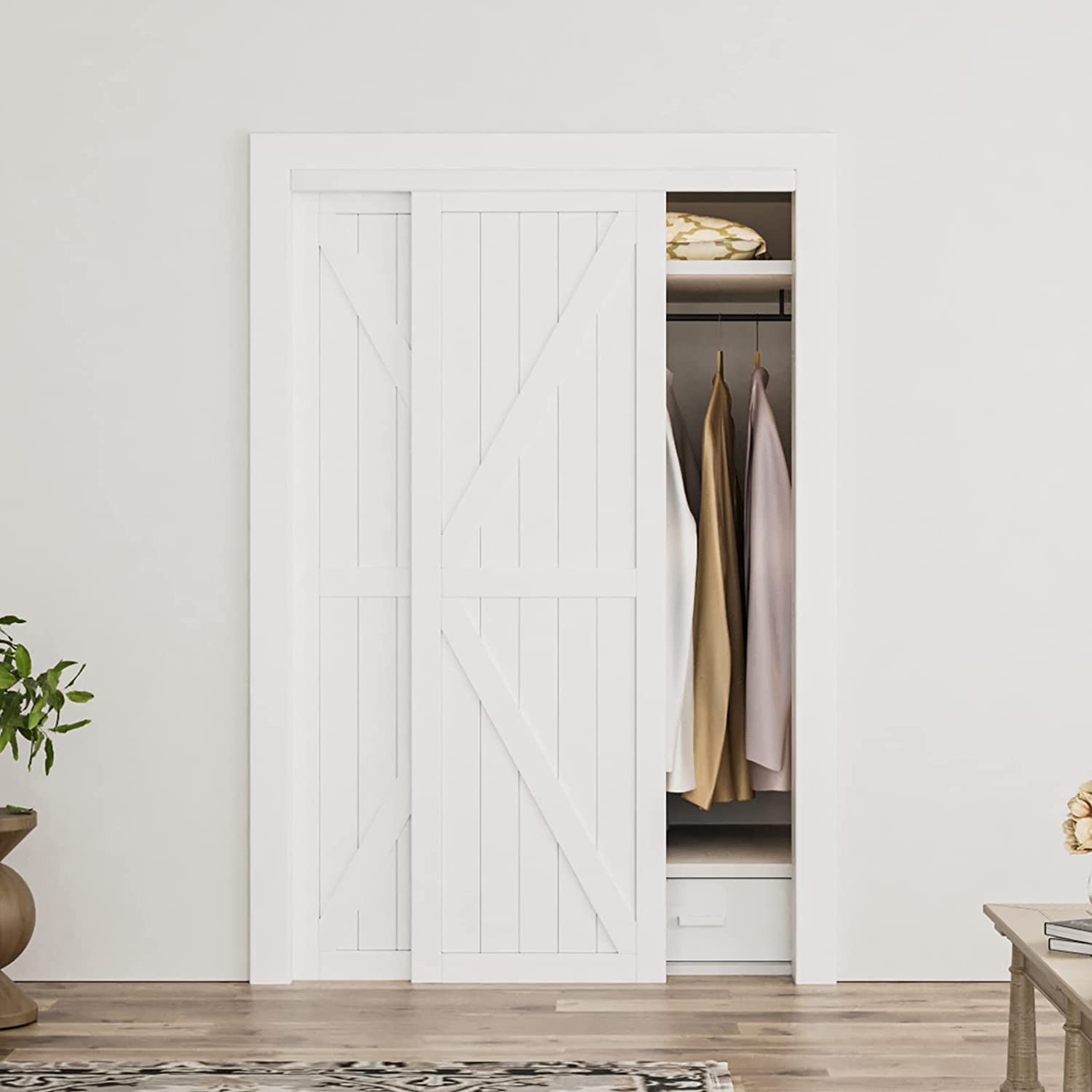
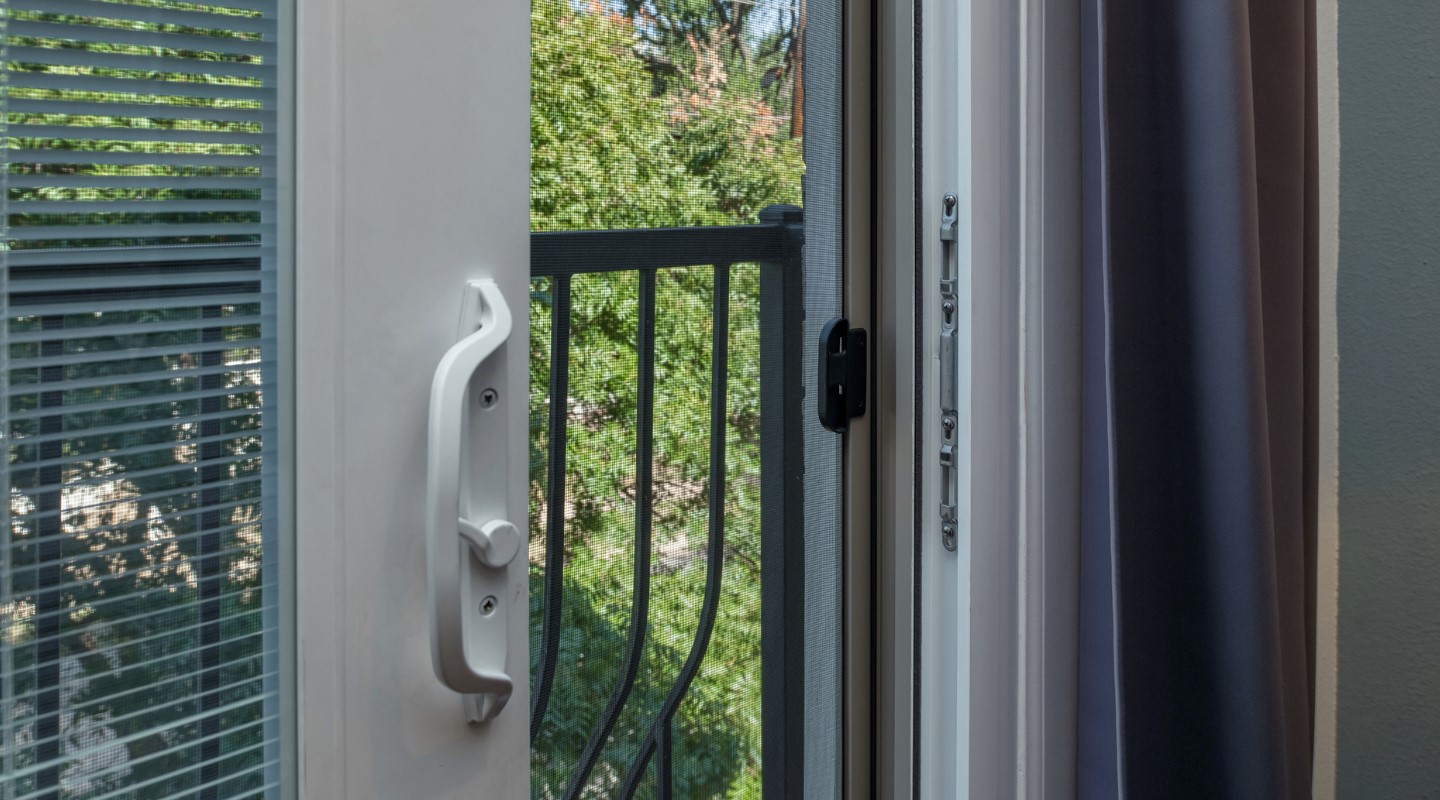
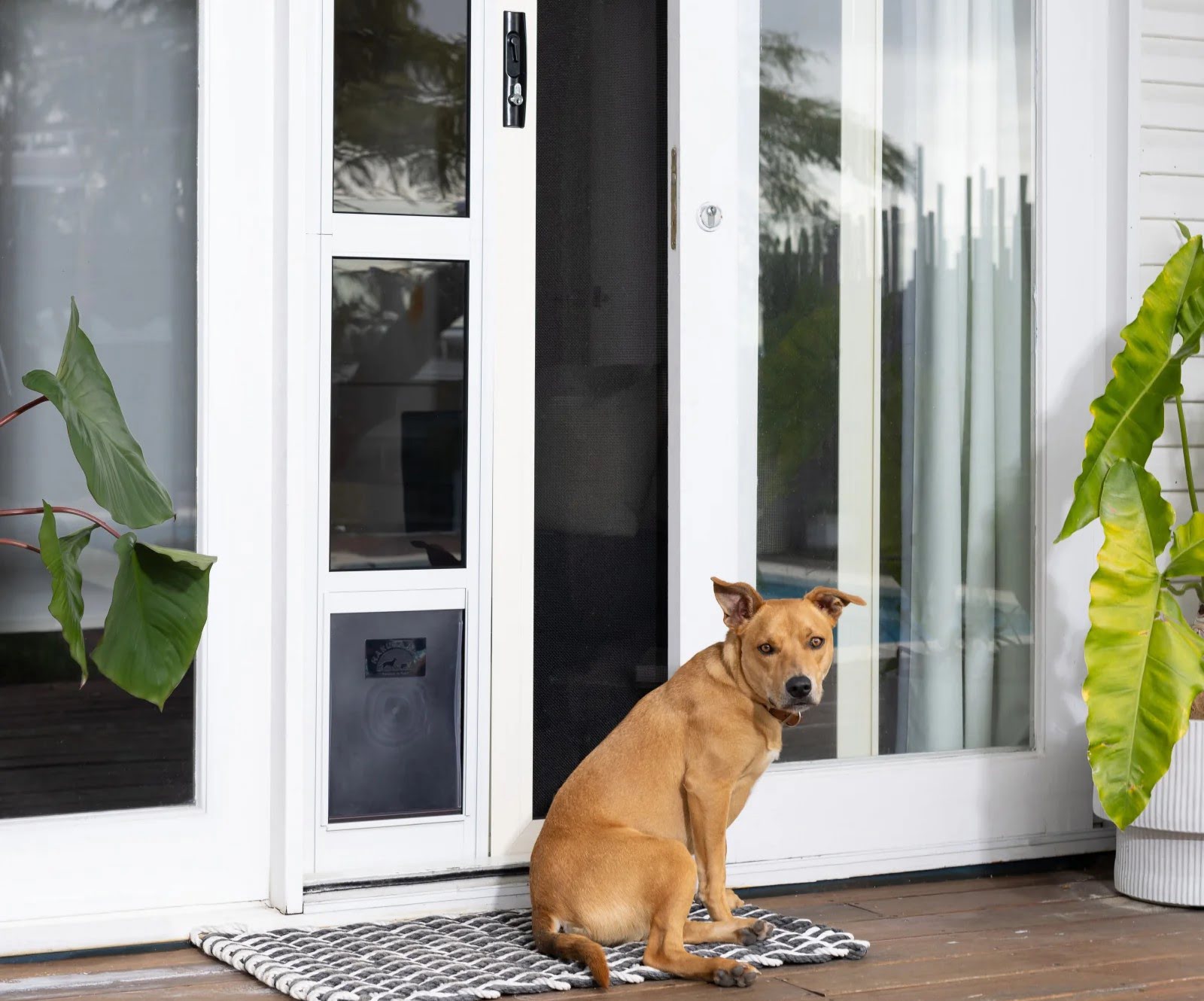
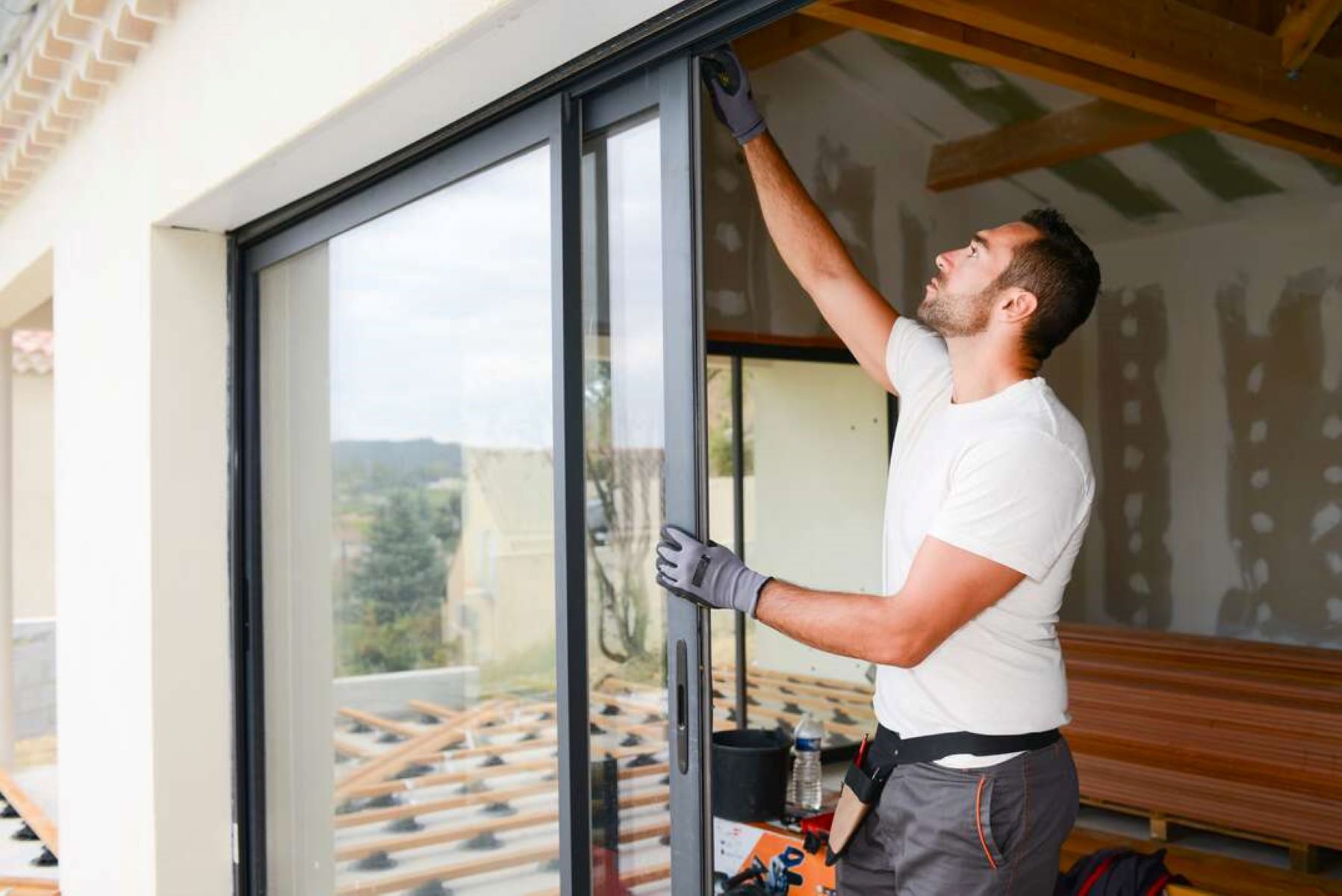
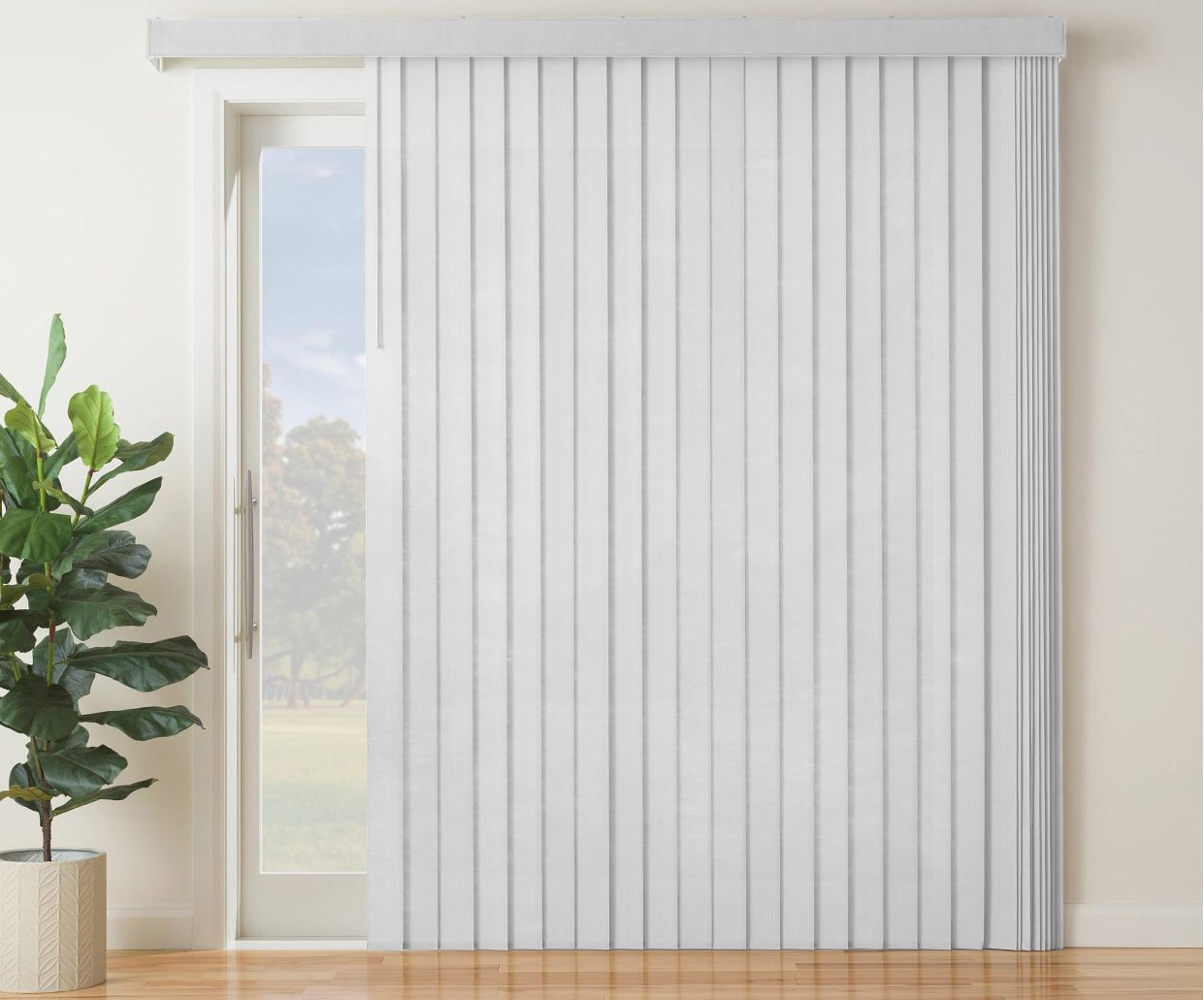
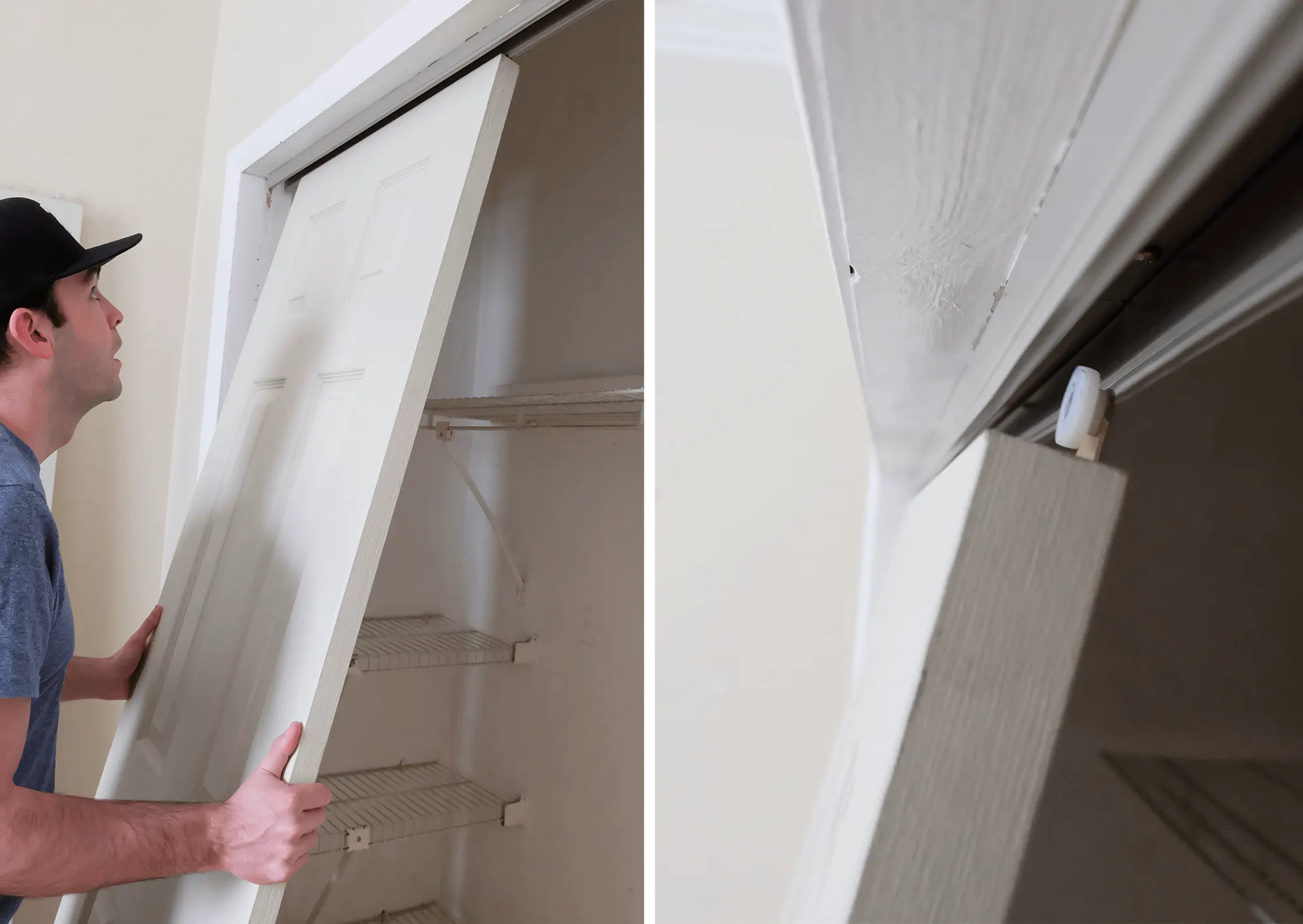
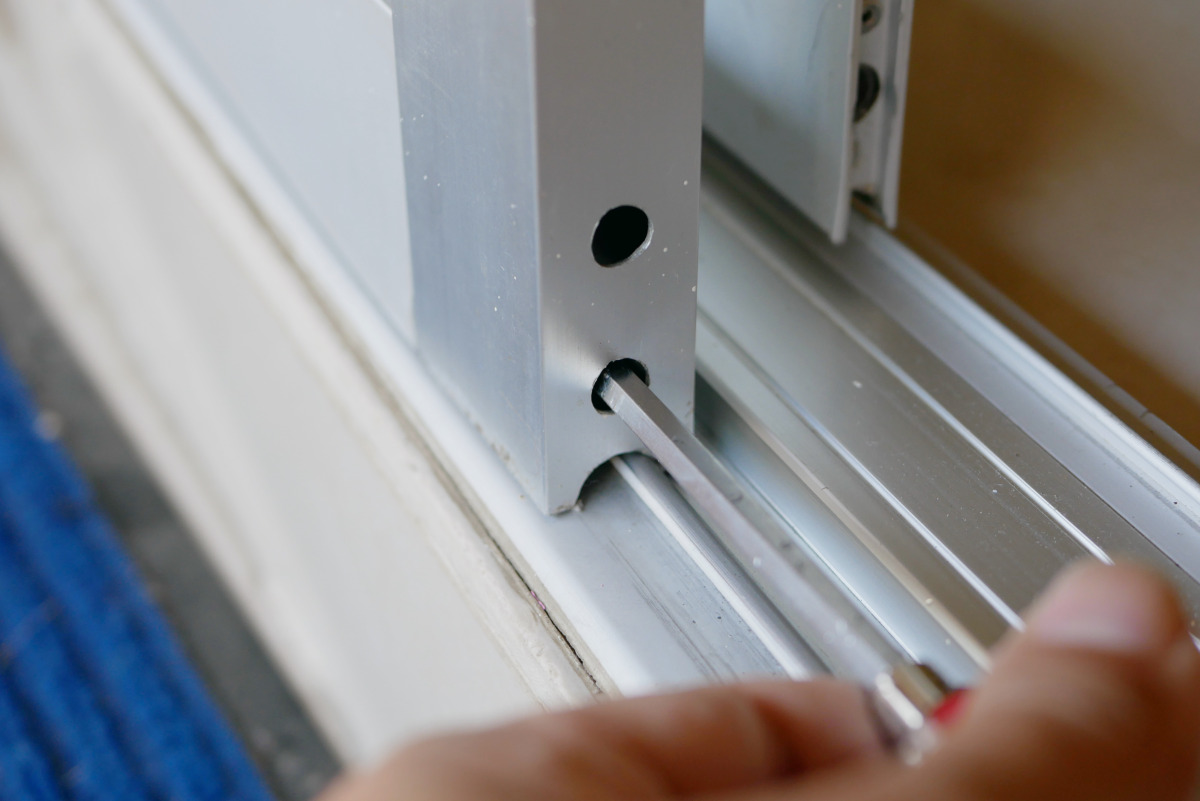
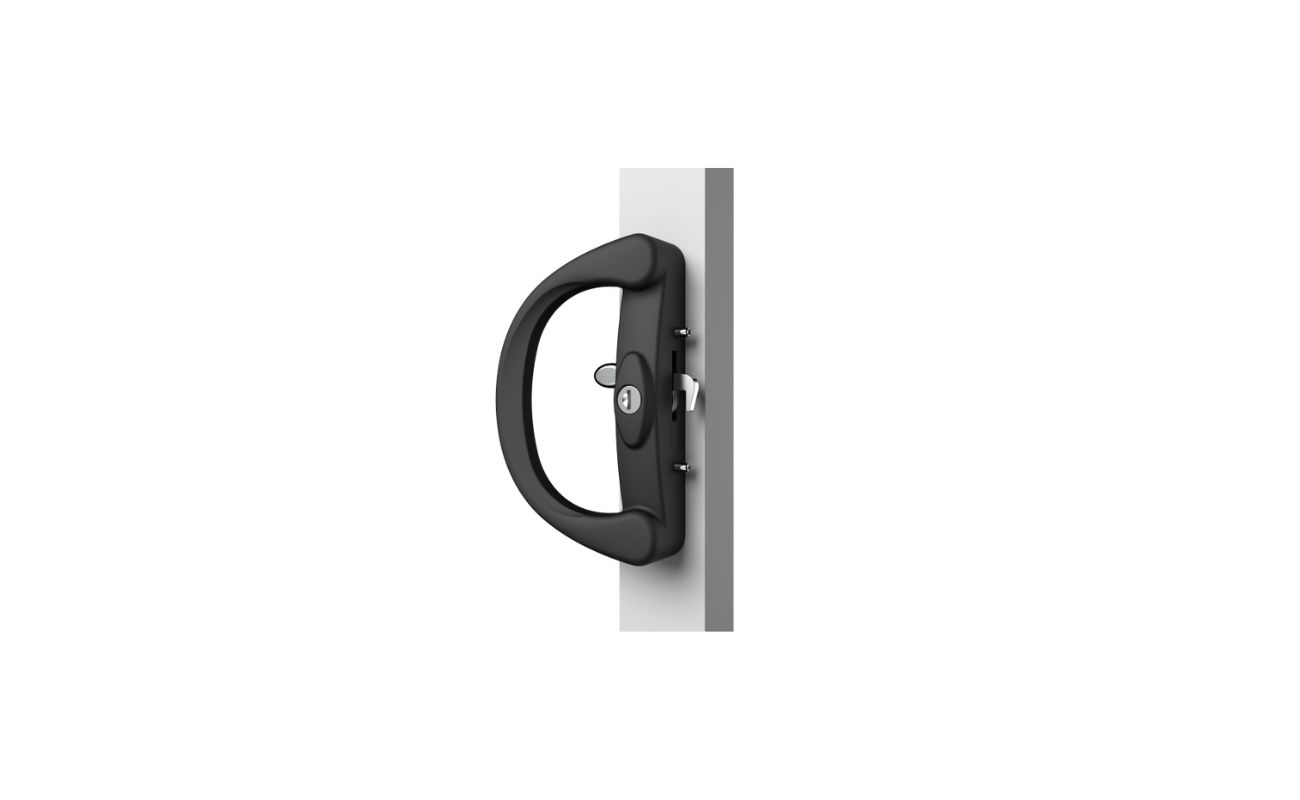

0 thoughts on “How To Fix Lock On Sliding Door”